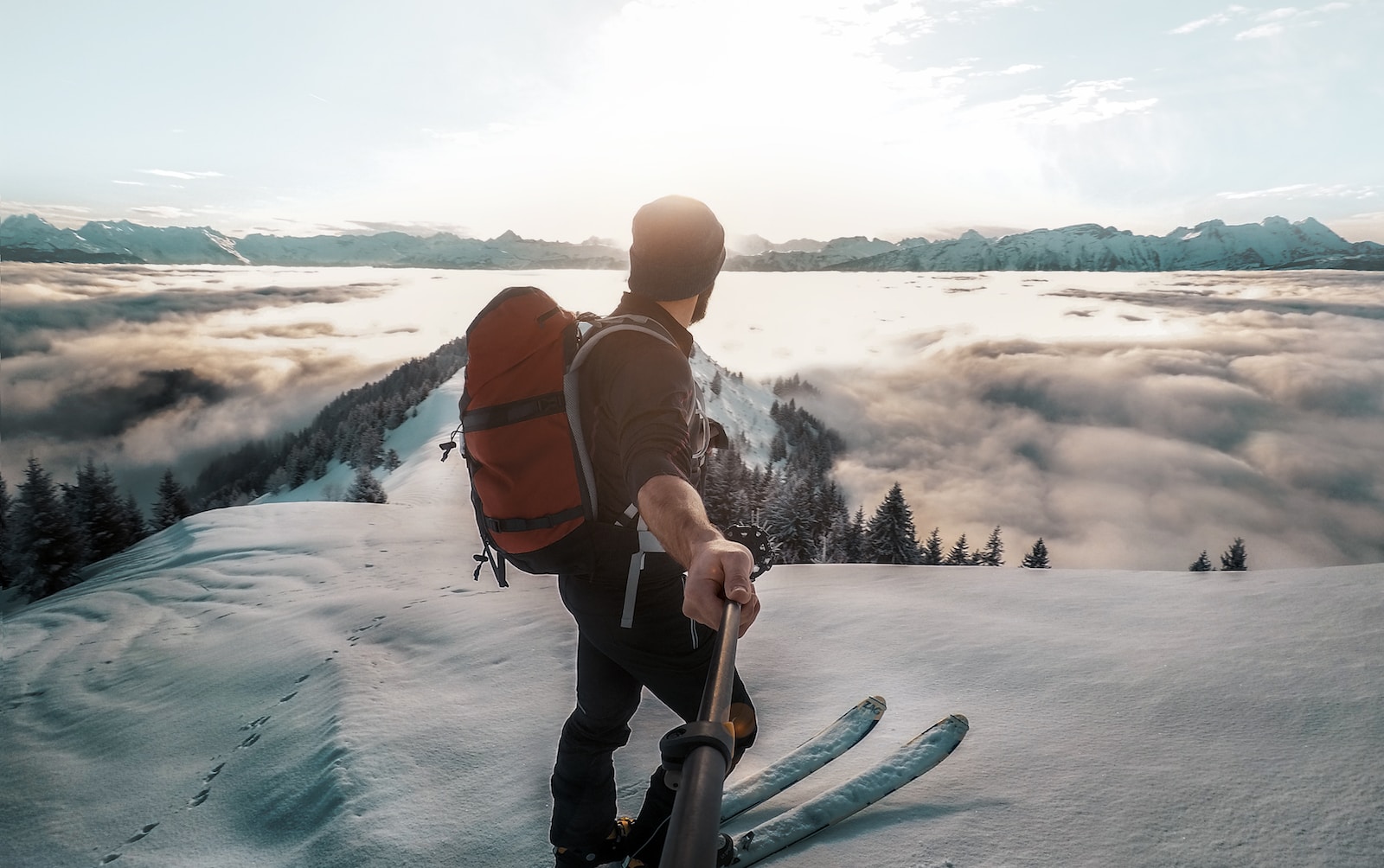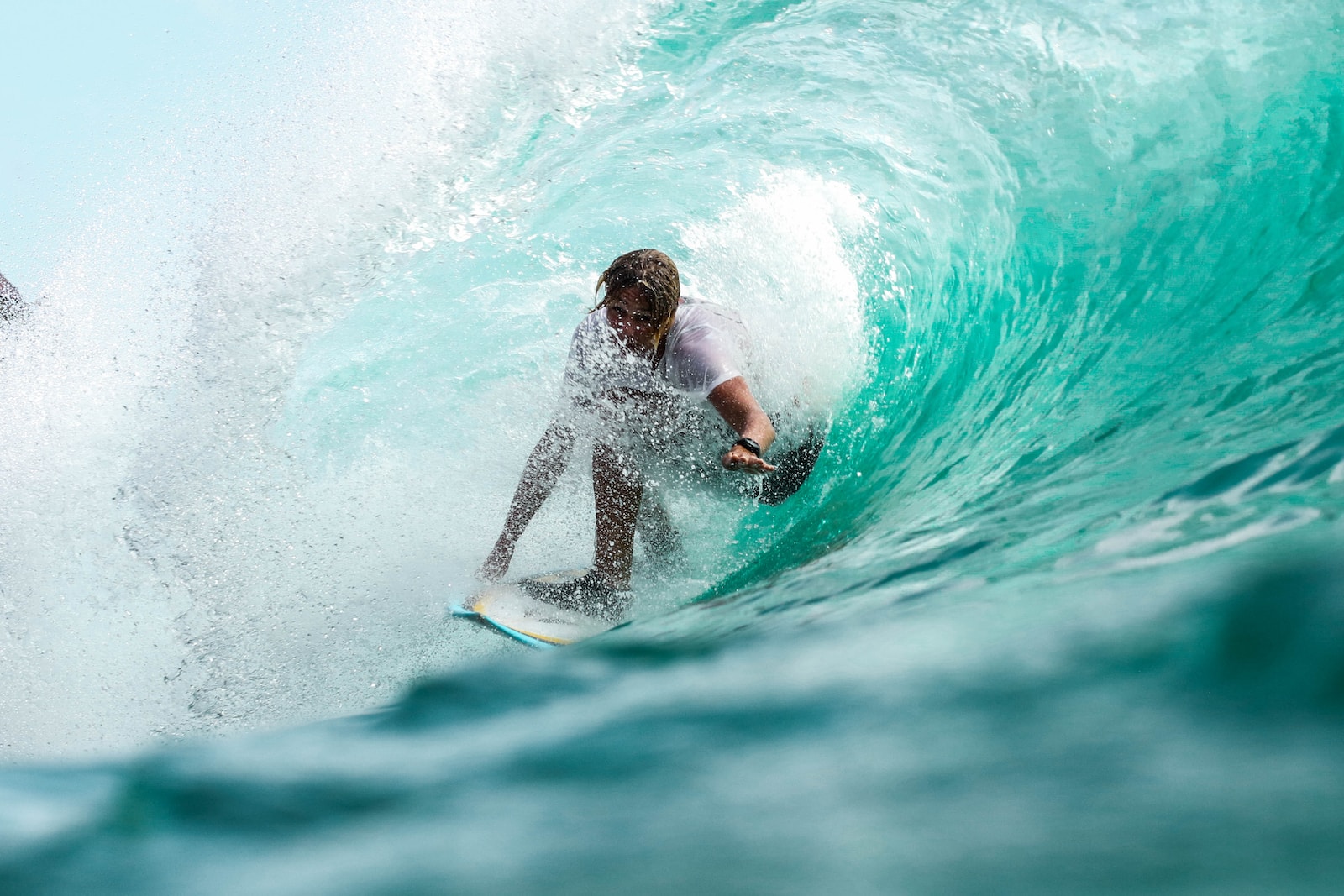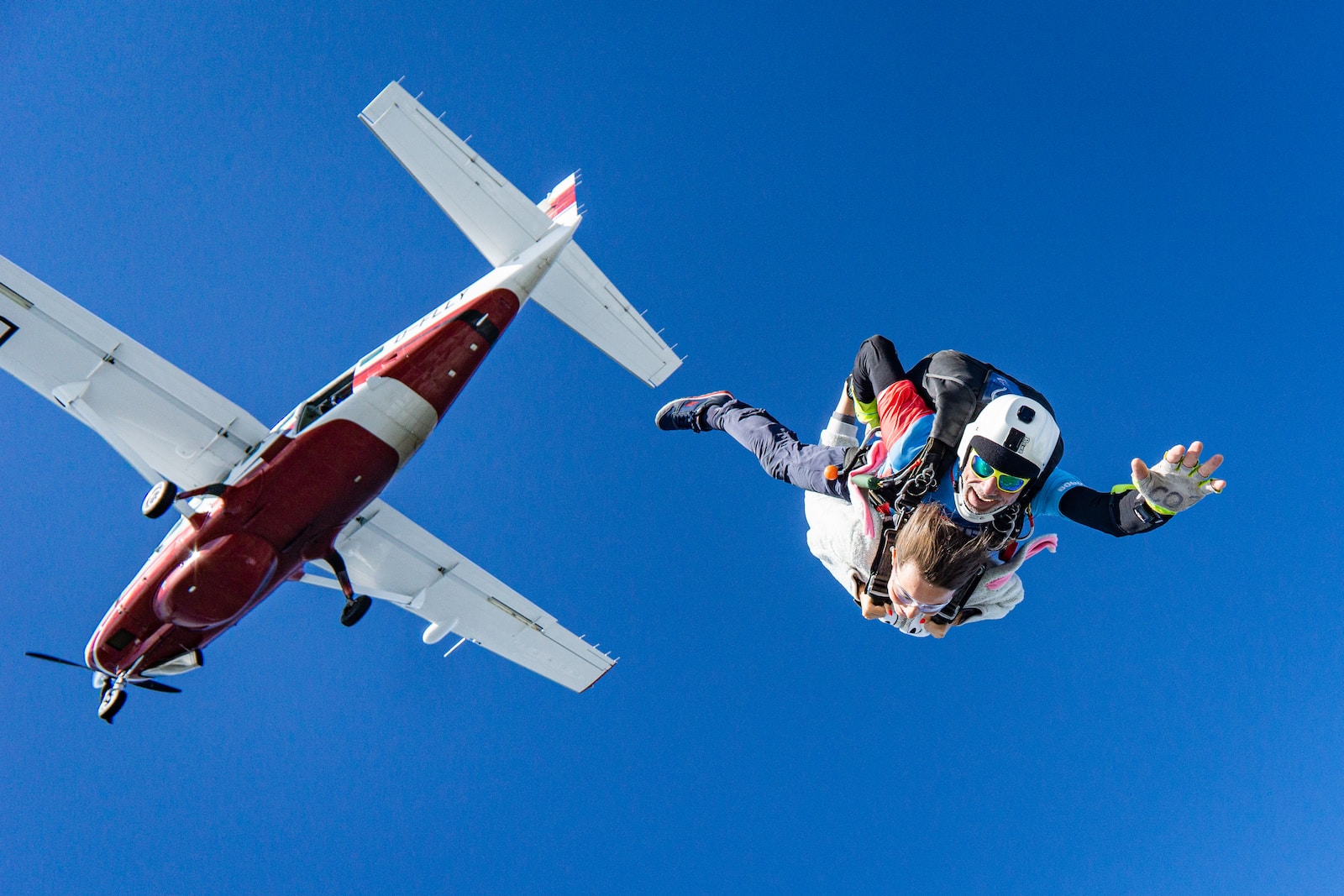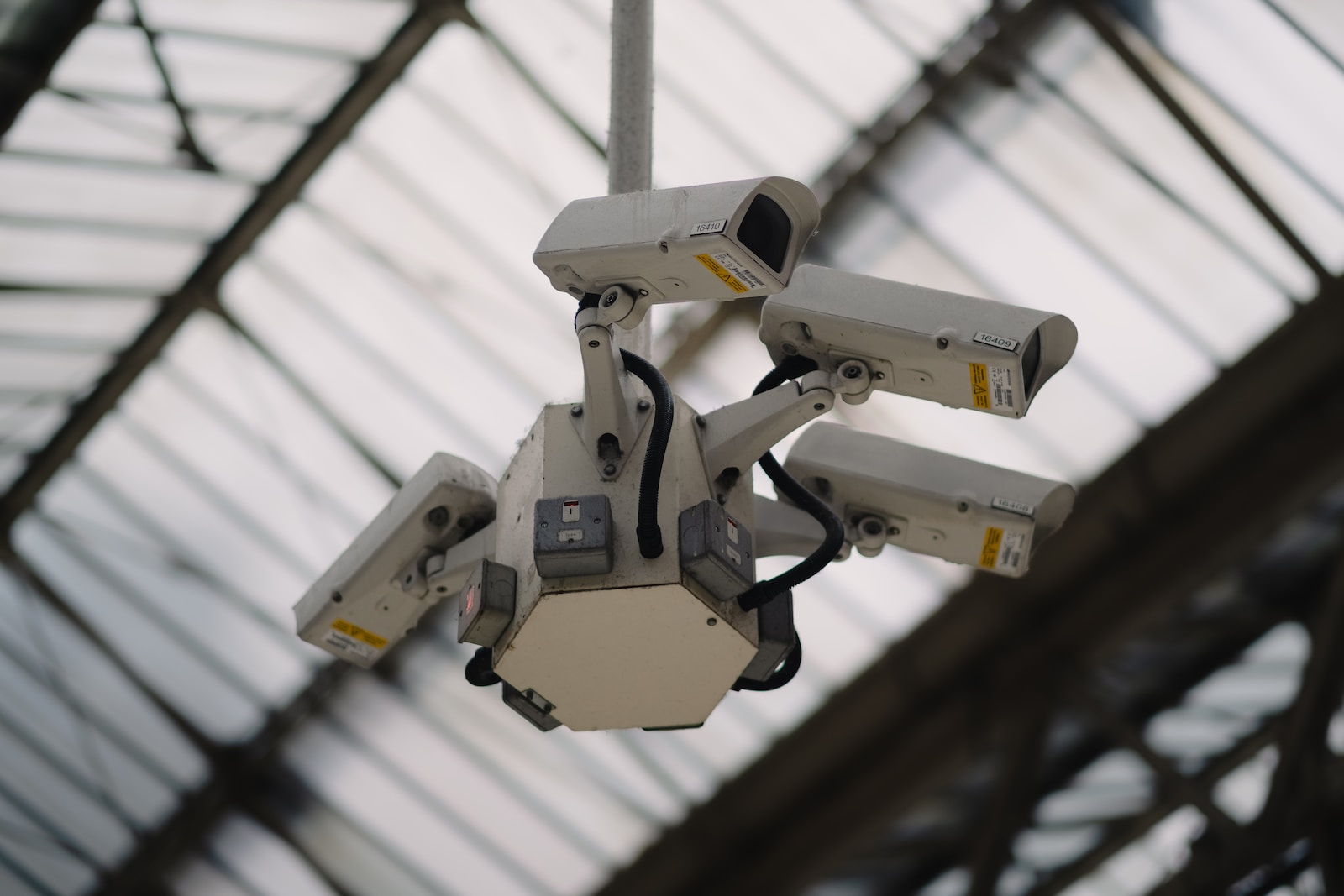We all love capturing the moments that make our lives worth remembering. Whether you’re an adventure seeker, a travel enthusiast, or a photography lover, having the right gear is essential. In this blog, we will dive into the world of 360-degree cameras and GoPros, showcasing their unique features and capabilities. By comparing these two popular devices, we aim to help you make an informed decision on which one suits your needs best. So, let’s explore the ultimate showdown of the 360-degree camera vs. GoPro!
Table of Contents
- Overcoming Challenges with the 360 Degree Camera
- Limited Field of View
- Post-Processing and Editing
- Limited Compatibility
- Frequently Asked Questions
- 1. What is a 360-degree camera?
- 2. What is a GoPro?
- 3. How do 360-degree cameras and GoPros differ?
- 4. Which is better for adventure photography?
- 5. Can a 360-degree camera replace a GoPro?
- 6. Which camera is better for capturing live events?
- 7. Can I use a 360-degree camera for vlogging?
- 8. Is there a significant price difference between 360-degree cameras and GoPros?
- 9. Which camera is better for professional photographers?
- 10. Can I use both a 360-degree camera and a GoPro simultaneously?
- Wrap Up
Overcoming Challenges with the 360 Degree Camera
When it comes to capturing immersive and breathtaking photos and videos, the 360-degree camera has revolutionized the way we document and share our adventures. In this case study, we will delve into the experiences of a professional adventure photographer who encountered various challenges when using a 360-degree camera and how they overcame them.
Limited Field of View
One of the main challenges our photographer faced with the 360-degree camera was its limited field of view. Unlike GoPro, which offers a wide-angle perspective, the 360-degree camera captures everything in its surroundings. While this may seem like an advantage, it can also lead to unwanted distractions in the frame.
To overcome this challenge, our photographer experimented with different compositions and angles. They discovered that by strategically placing the camera and utilizing natural features, such as rocks and trees, they could creatively mask any unwanted elements and create visually captivating shots.
Post-Processing and Editing
The post-processing and editing of 360-degree footage can be a daunting task. Unlike conventional cameras, the 360-degree camera captures an entire sphere, often resulting in distorted and warped images. Additionally, the stitching process to merge multiple images or videos into a seamless whole can be time-consuming.
To tackle this challenge, our photographer invested in professional editing software designed specifically for 360-degree content. With the help of advanced editing techniques and plugins, they were able to correct distortions, enhance colors, and seamlessly blend the captured footage. The end result was stunning visuals that transported viewers into the heart of the adventure.
Limited Compatibility
One major drawback our photographer encountered was the limited compatibility of 360-degree cameras with existing multimedia devices and platforms. While GoPro’s footage can be easily shared and viewed on various platforms, including social media and VR headsets, 360-degree content often requires specialized apps or software to be properly experienced.
To overcome this challenge, our photographer researched and found platforms that catered specifically to 360-degree content. By utilizing these platforms, they were able to reach a wider audience and showcase their work in its full immersive glory.
Despite the challenges faced, our photographer found that the 360-degree camera offered unique advantages for adventure photography. The ability to capture the full environment, from the rugged mountain peaks to the sweeping landscapes, provided viewers with an unparalleled level of immersion and allowed them to truly experience the adventure.
In conclusion, choosing between the 360-degree camera and GoPro ultimately depends on your specific needs and preferences. While GoPro offers a wide-angle perspective and is more compatible with existing multimedia devices, the 360-degree camera excels in capturing immersive and breathtaking content. By understanding the challenges and utilizing proper techniques, you can make the most of either camera and enhance your adventure photography.
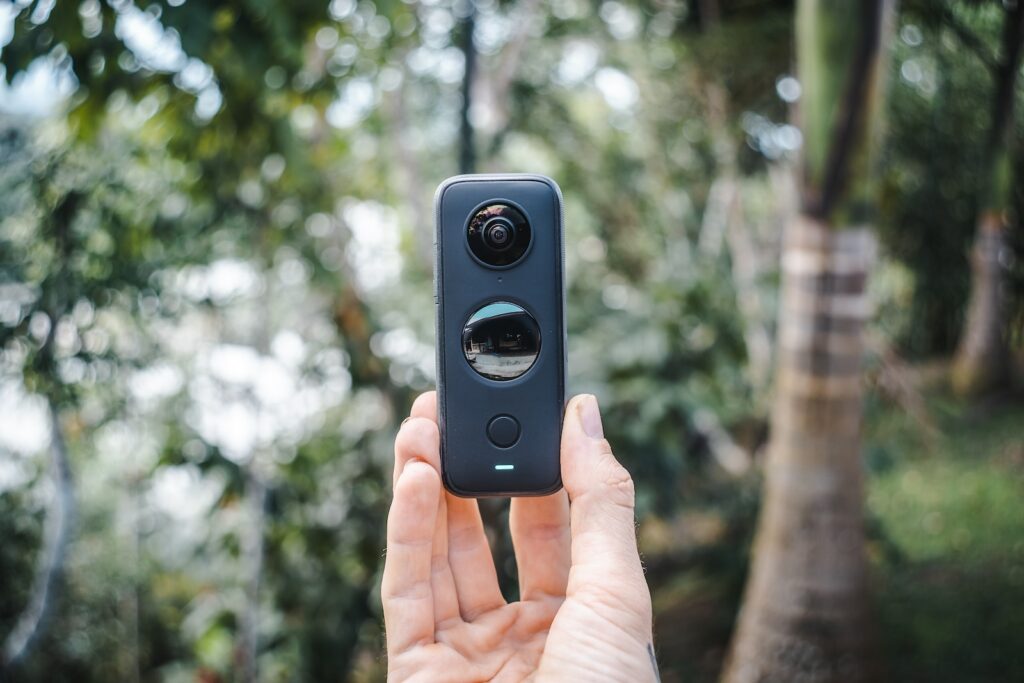
Frequently Asked Questions
1. What is a 360-degree camera?
A 360-degree camera is a device that captures photos and videos in a full 360-degree field of view, allowing you to capture everything around you in a single shot.
2. What is a GoPro?
A GoPro is a compact and rugged action camera designed for capturing high-quality photos and videos during adventurous activities.
3. How do 360-degree cameras and GoPros differ?
While both cameras are designed for capturing unique perspectives, 360-degree cameras capture a panoramic view of everything around you, while GoPros are more focused on capturing action-packed footage in a traditional wide-angle format.
4. Which is better for adventure photography?
For adventure photography, it depends on your preferences. If you want to capture the entire environment and provide an immersive experience, a 360-degree camera is ideal. However, if you want to capture action-packed moments from your adventures, a GoPro can better handle fast-paced activities.
5. Can a 360-degree camera replace a GoPro?
While a 360-degree camera offers a unique perspective, it cannot completely replace a GoPro. GoPros are specifically designed for capturing action in tough conditions, offering features such as waterproofing and image stabilization that might be lacking in most 360-degree cameras.
6. Which camera is better for capturing live events?
For capturing live events, a GoPro is typically more suitable. Its wide-angle lens and robust build make it perfect for capturing fast-moving action and getting up close to the action.
7. Can I use a 360-degree camera for vlogging?
Yes, a 360-degree camera can be used for vlogging, but it may not be as common as using a traditional camera or smartphone. Depending on your vlogging style, a 360-degree camera can allow you to offer viewers a more immersive experience, but it might require more editing skills to create engaging content.
8. Is there a significant price difference between 360-degree cameras and GoPros?
There is a wide price range for both 360-degree cameras and GoPros. Generally, high-end 360-degree cameras tend to be more expensive due to the complexity of capturing 360-degree images. However, GoPros also come in various models and price points, ranging from budget-friendly options to more advanced models.
9. Which camera is better for professional photographers?
Professional photographers often prefer using traditional cameras rather than 360-degree cameras or GoPros. Traditional cameras offer more control over settings, lens interchangeability, and higher image quality, which are key factors for professional photography.
10. Can I use both a 360-degree camera and a GoPro simultaneously?
Absolutely! If you have the resources and want to capture different perspectives simultaneously, using both a 360-degree camera and a GoPro can provide a well-rounded coverage of your adventures or events.
Wrap Up
After comparing the 360-degree camera and GoPro, it’s clear that both have their advantages and drawbacks. The 360-degree camera offers an immersive and unique photography experience, perfect for adventure photography enthusiasts who want to capture the entire scene. On the other hand, GoPro delivers exceptional image quality and durability, making it ideal for capturing action-packed moments. Ultimately, the choice between these two will depend on your specific needs and preferences.
Which camera do you think is better for your photography adventures? Have you used a 360-degree camera or a GoPro before? We would love to hear your thoughts and experiences. Leave a comment below and let’s start a discussion!
